In 6HU, we are habitual participants in the 100 Word Challenge, a global writing challenge that develops writing skills in students by asking them to respond to a stimulus in only 100 words. This is indeed a challenge sometimes, as it can be difficult to frame our ideas into such a small amount of words. Similarly, some students can find reaching 100 words without ‘waffling’ the real challenge.
Usually, the challenge stimulus is a picture or a phrase. These really allow the students to develop ideas around a theme and apply their writing skills to the task. Every week, we will frame our responses with whatever our focus has been in the classroom for writing or grammar. For example, we might all incorporate direct speech into our responses, or perhaps the focus will be on the use of adjectives. Some students like to try incorporating their spelling list words into their responses, while keeping the meaning of their writing relevant.
This week, the prompt was not a picture or a phrase, but rather an introduction to a concept. This concept was that of sharing, and can be seen here. The contrasting nature of the images brought to mind by an Ethiopian child with the description of the child’s actual reality was one that took some of us some time to get past. This boy did not seem to live in poverty, or want for food, but our preconceptions led us to assume that he would be. In fact, he was being held up as an example of the joy to be gained from sharing what we have with others. These mixed feelings that the prompt elicited in us, held us back as we began our writing.
Despite that fact we had been given the instruction of beginning our responses with “If we share…” a lot of us were unsure of what to write, as more often than not, our responses are narrative based and this seemed to require something quite different. Using a variation of a Y-Chart, we unpacked the concept of sharing, examining what it meant to share as well as some of the more abstract uses of the word; share a meal, share a decision, share an experience.
In the end, everyone was very pleased with what they came up with. We will not highlight any individual posts here, as we feel everyone did very well, so we are listing them all. We would really value your comments about how we have chosen to represent a concept through our writing.
Billy, Harry, Jack, Henri, Ellaina, Charlotte, Paris, DiHan, Chris, Thomas, Scott, Cooper, Emily, Nathan, Laura, Alyshia, Henry, Eva, Cody, Henny.

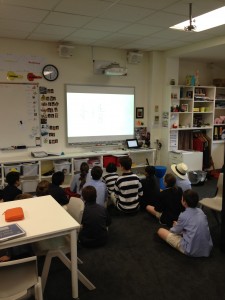
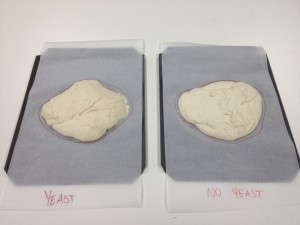
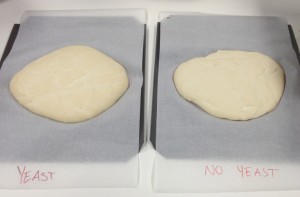
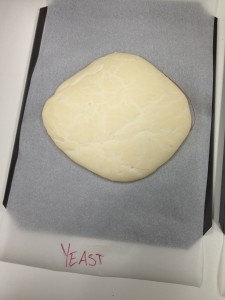
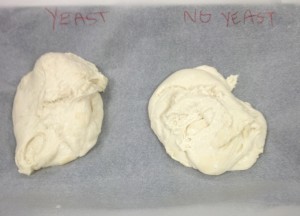
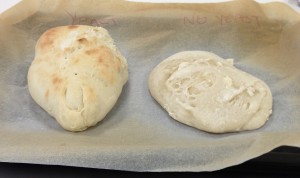
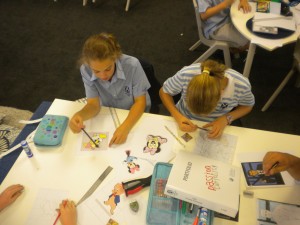
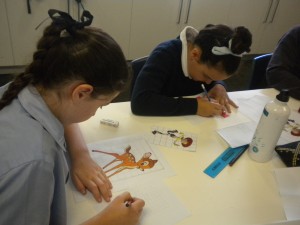
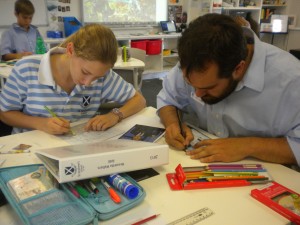

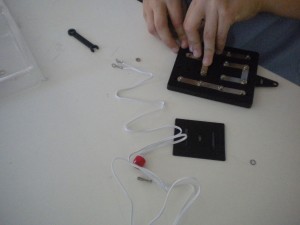
 paperclips and wood. Everyone managed to make a completed circuit work. Here are some photos of our science lesson.
paperclips and wood. Everyone managed to make a completed circuit work. Here are some photos of our science lesson.
